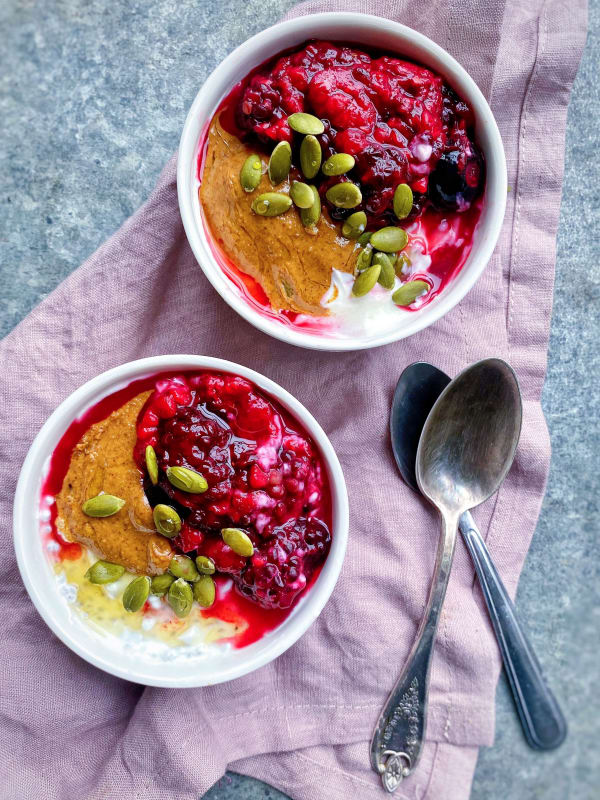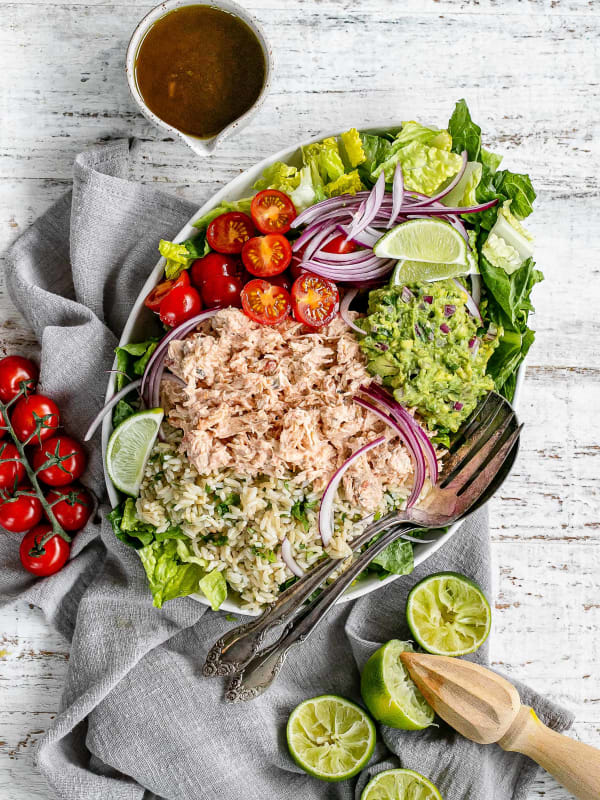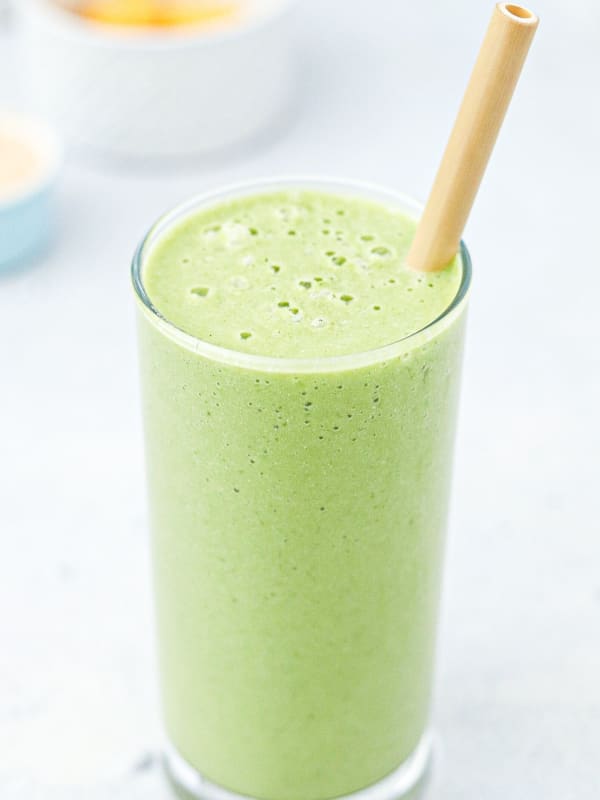How to Avoid Lyme Disease
The best way to avoid Lyme disease is by preventing tick bites. If you’re walking or hiking through grassy, wooded, or brushy areas, wear long sleeves, tuck your pants into your socks, and use insect repellents containing DEET or icaridin. When you return indoors, do a full-body tick check (especially around the knees, waistbands, behind ears, and the scalp). Showering within two hours of being outdoors can also help wash away ticks before they attach.
Recognizing the Symptoms
Early signs of Lyme disease often appear 3 to 30 days after a tick bite. Common symptoms include fever, chills, fatigue, muscle aches, swollen lymph nodes, and the hallmark “bull’s-eye” rash (erythema migrans). However, not everyone develops a rash, so awareness of other symptoms is key.
If left untreated, the infection can spread to the joints, heart, and nervous system, causing more serious complications like arthritis, facial paralysis, and cognitive difficulties.
Getting a Diagnosis
Early diagnosis is crucial. If you suspect you’ve been bitten and experience symptoms, speak to your healthcare provider immediately. In Ontario, doctors can diagnose Lyme disease based on symptoms, exposure history, and, if necessary, blood tests (though early-stage tests can sometimes give false negatives). Prompt treatment with antibiotics is often effective, especially in the early stages.
Long-Term Health & Nutrition Tips
Some people may experience lingering symptoms, known as Post-Treatment Lyme Disease Syndrome (PTLDS), including fatigue, brain fog, and joint pain. Supporting your recovery through nutrition and lifestyle choices can make a meaningful difference:
- Eat anti-inflammatory foods like leafy greens, berries, turmeric, ginger, and fatty fish
- Support immune function with probiotics (e.g., yogurt, kefir, kimchi), vitamin D, and zinc-rich foods
- Stay hydrated and limit processed sugar
- Prioritize sleep and stress reduction to help your body heal






